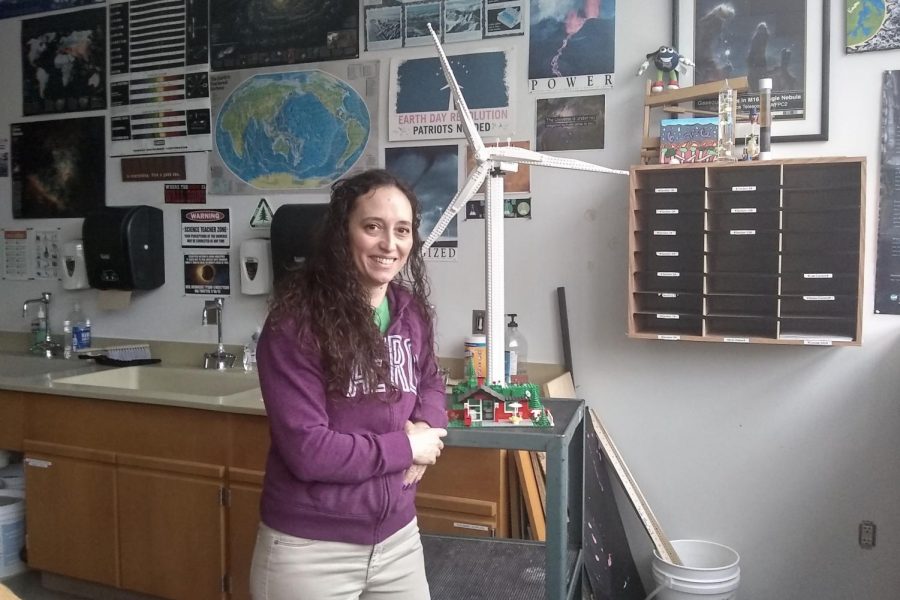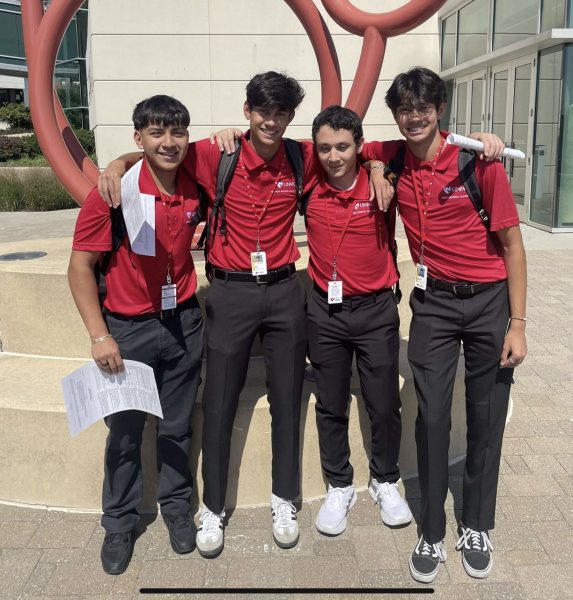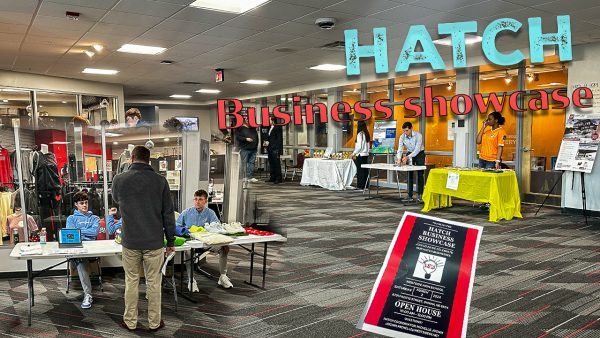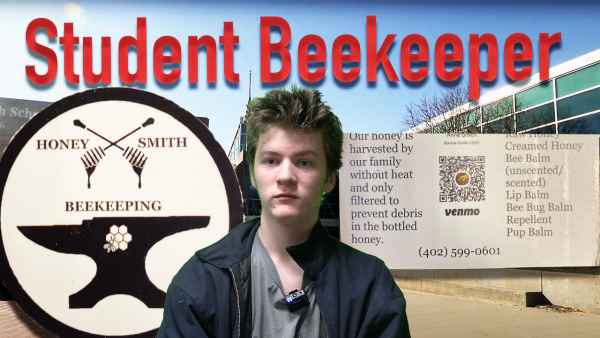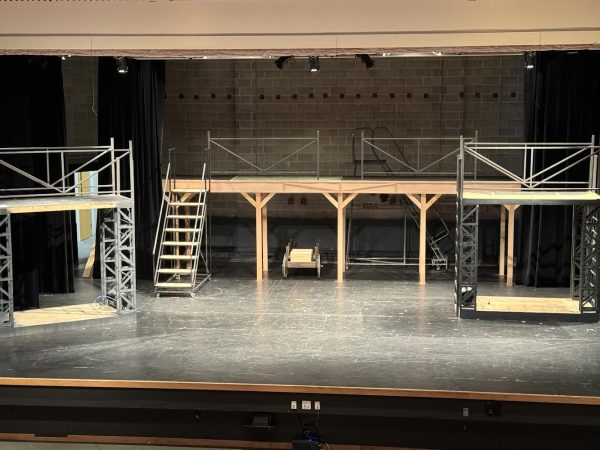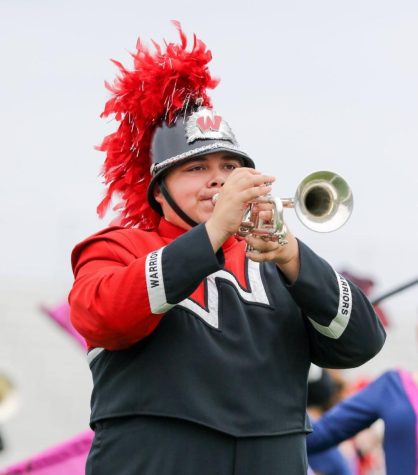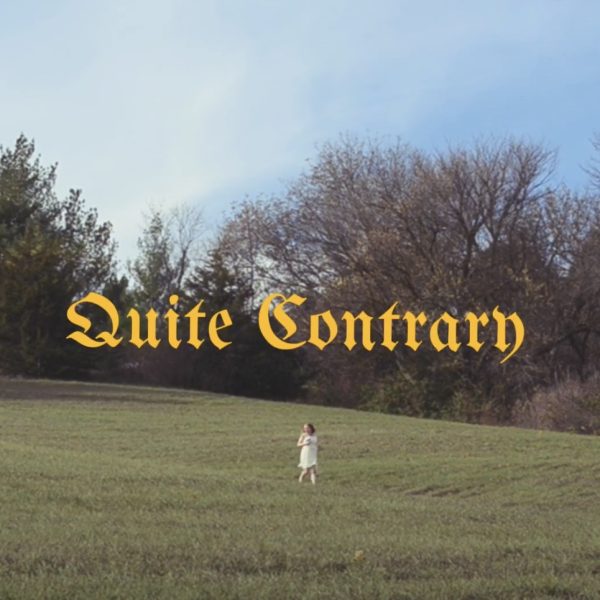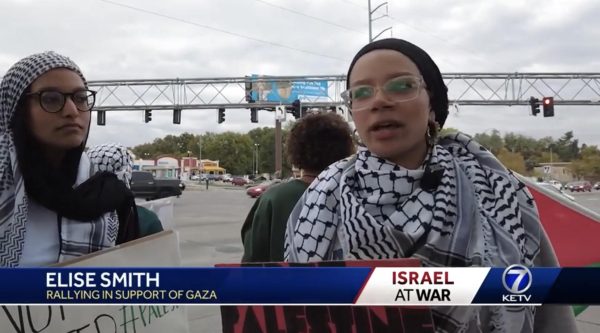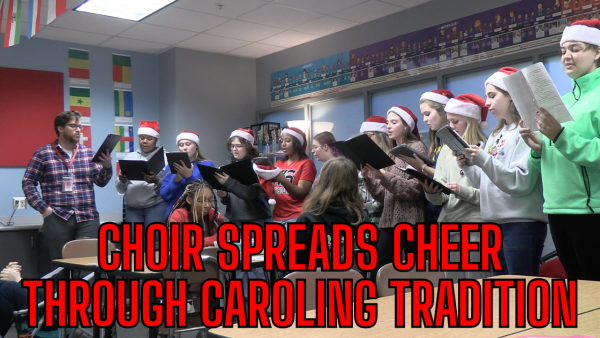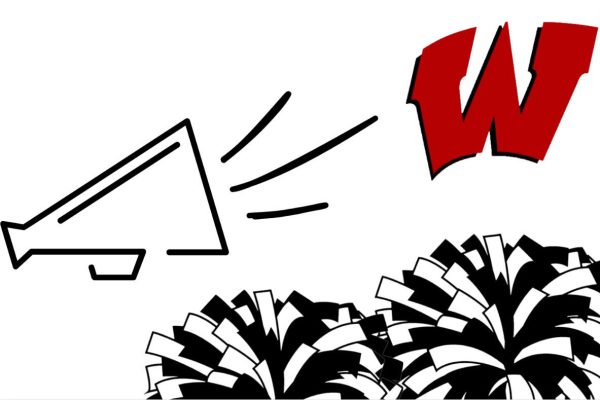Westside Earth & Space Science Class Adds Climate Change Lessons To Curriculum
Westside High School science instructor Angela Bergman poses next to a model wind turbine used during Earth & Space Science’s climate change unit.
Westside Community Schools has introduced new teaching guidelines for climate change throughout recent years. These changes add an entire climate change unit to Westside’s Earth & Space Science course. According to science instructor Angela Bergman, the curriculum update moved the standard from teaching about weather to also teaching about climate.
“[The new curriculum] was driven by new state standards,” Bergman said. “Before, we had to teach things like adiabatic temperature changes. We had to teach weather to get to that one specific thing about climate change.”
Bergman said that this is the first time climate change has been mentioned at all by the Nebraska standards, and it’s still limited to evidence, not the ethical concerns of climate change.
“We didn’t teach climate before,” Bergman said. “It might have been touched on in Biology, or Natural Science. [Natural Science] really gets into the ethics of it. There’s lots of ethical questions that go along with it, like how do we get other countries to help out with this issue. In Earth & Space, we focus on evidence.”
Science instructor Jon Allemang said the changes were popular among students.
“Last semester was probably the best semester I’ve had, in terms of teaching the climate,” Allemang said. “Students were very receptive, showed good understanding, even levels of passion about it in the essays they wrote, the discussion questions that they did.”
Despite the general acceptance for the new curriculum, Allemang said some students do not accept what’s being taught, even with evidence being provided.
“There’s always going to be some level of pushback, that’s all about what they’re presented at home, and what the opinions of their parents are, that they bring to the table most of the time,” Allemang said. “My goal is to just lay the facts out there, and let the facts speak for themselves. [I’ve run into a climate change denier] maybe once. They weren’t very vocal, just [making] snide comments.”
Junior William Harrison said that he thinks the Earth & Space Science climate change unit is a helpful way to explain the concept to students who may not know much about it.
“I [think the unit is beneficial for students], just so people can understand the basics of how climate works, so that when they’re older, [they’ll understand] how the weather is going bad,” Harrison said.
Your donation will support the student journalists of Omaha Westside High School. Your contribution will allow us to purchase equipment and cover our annual website hosting costs.


